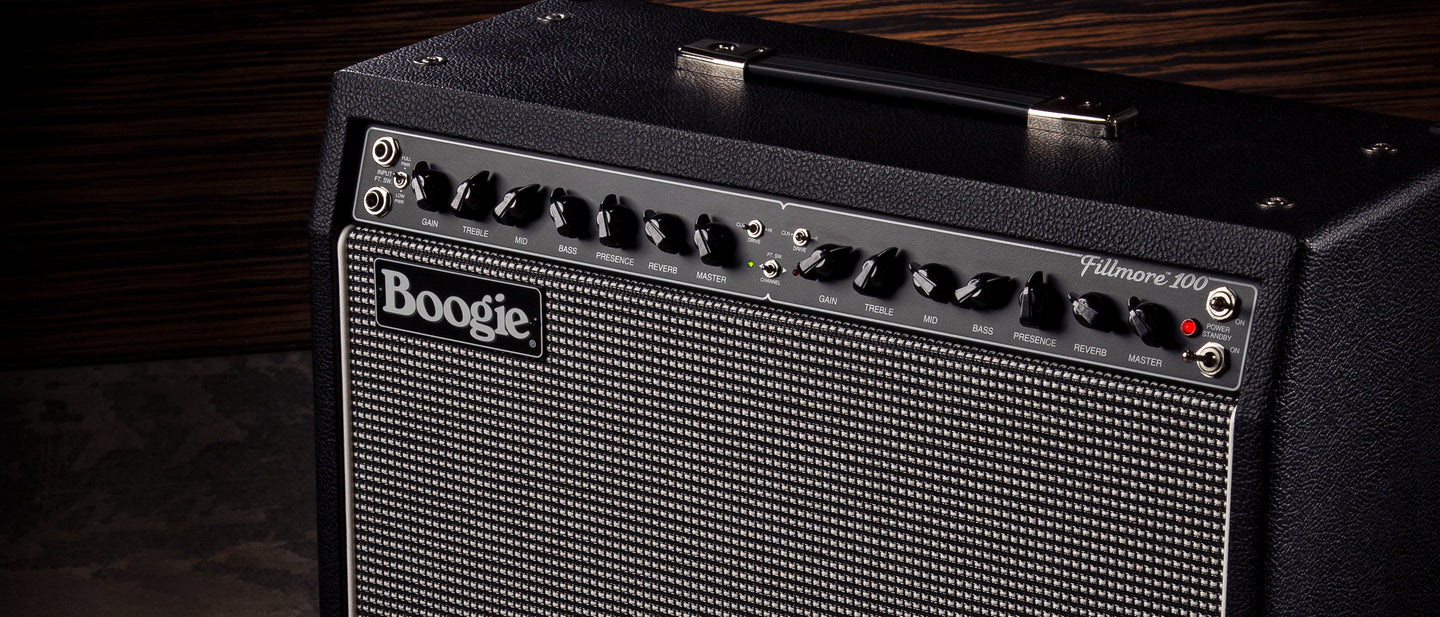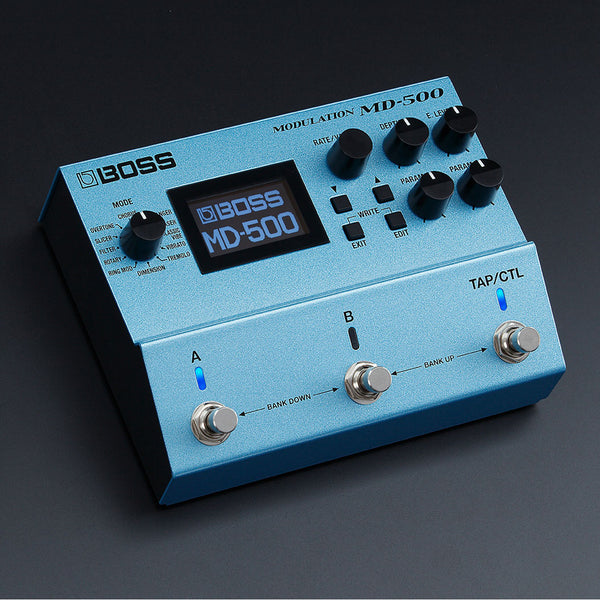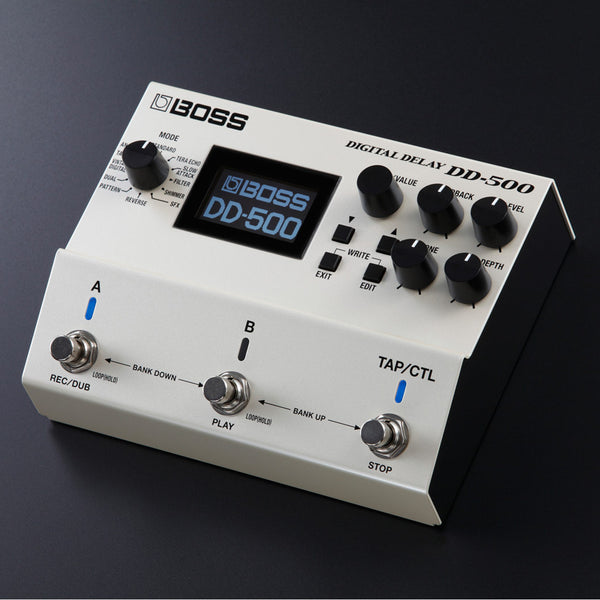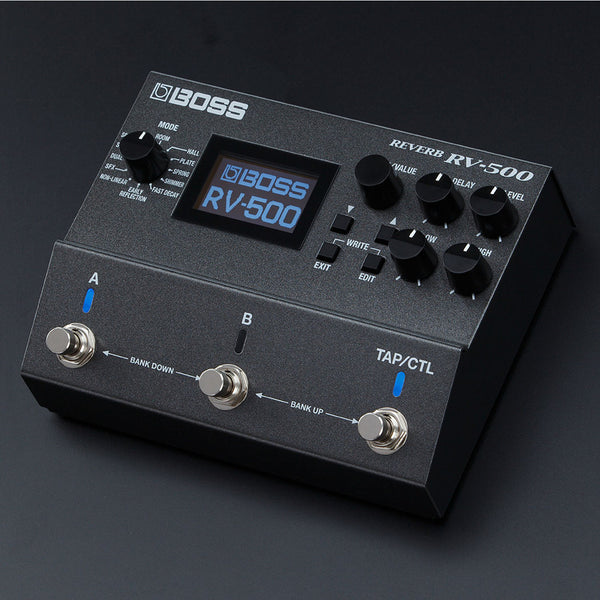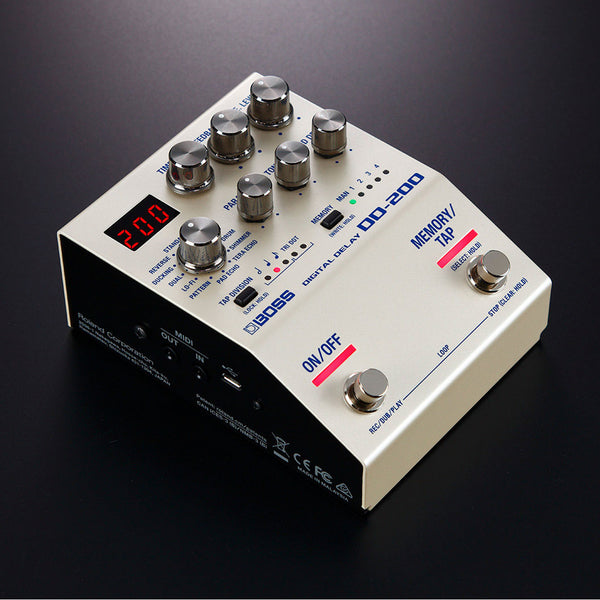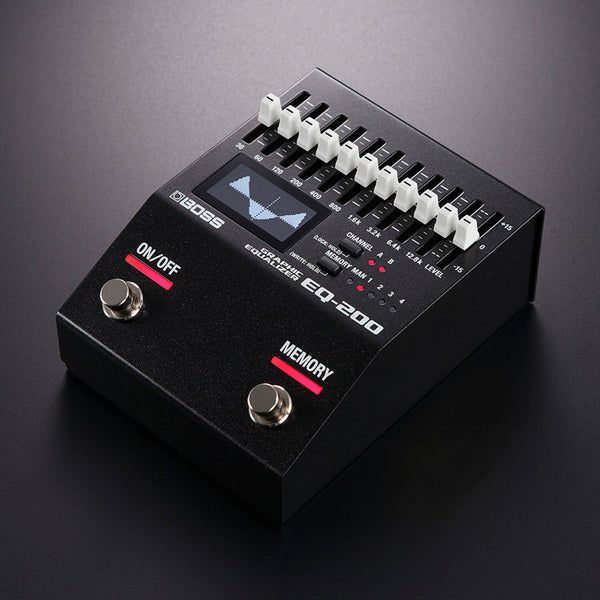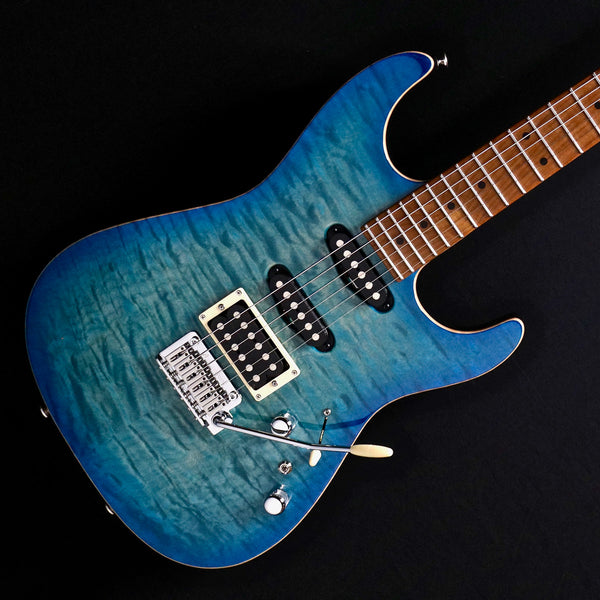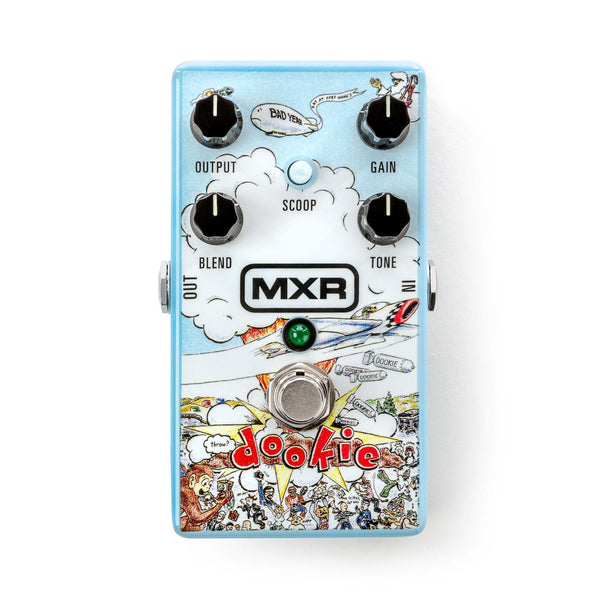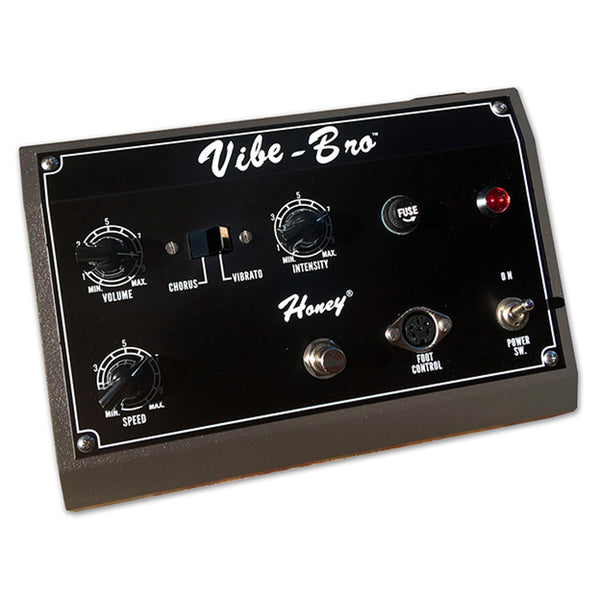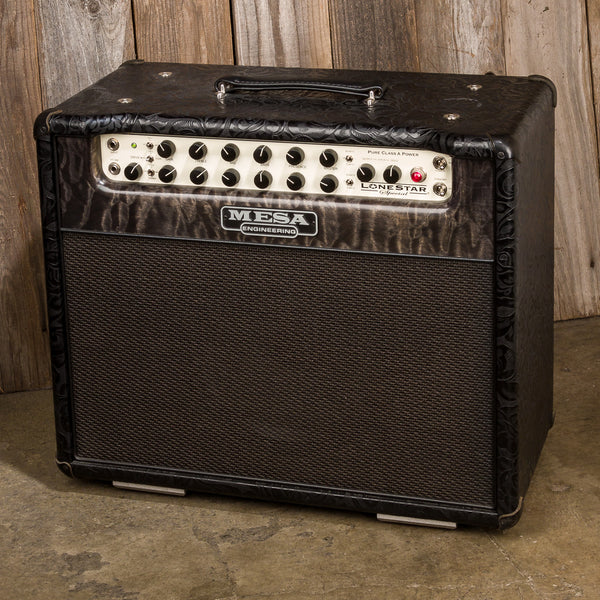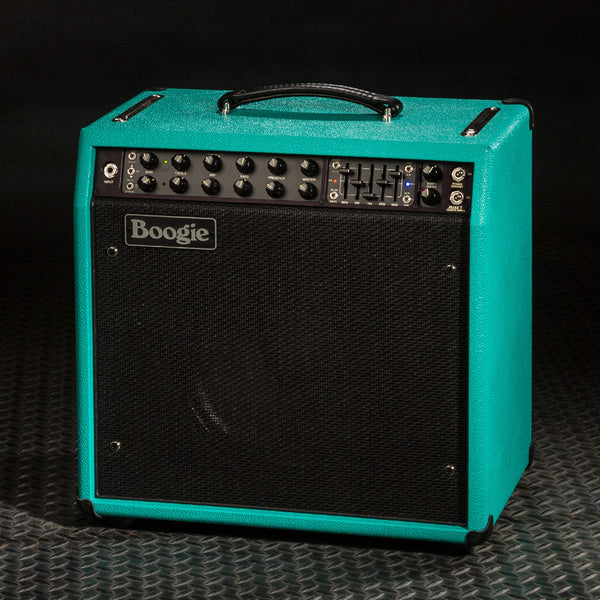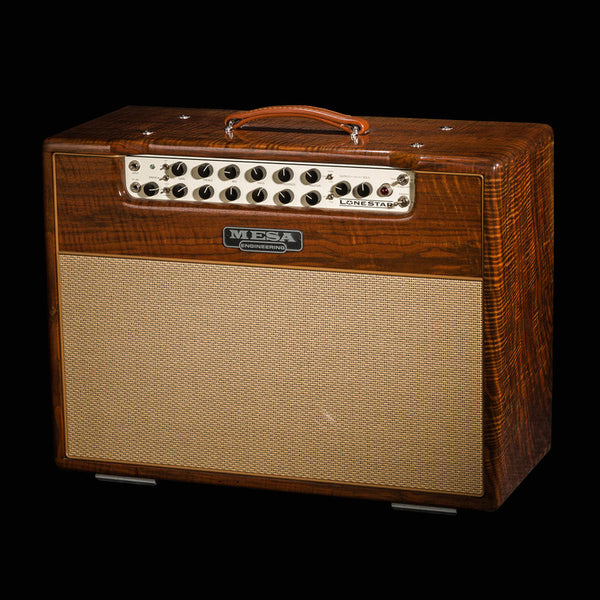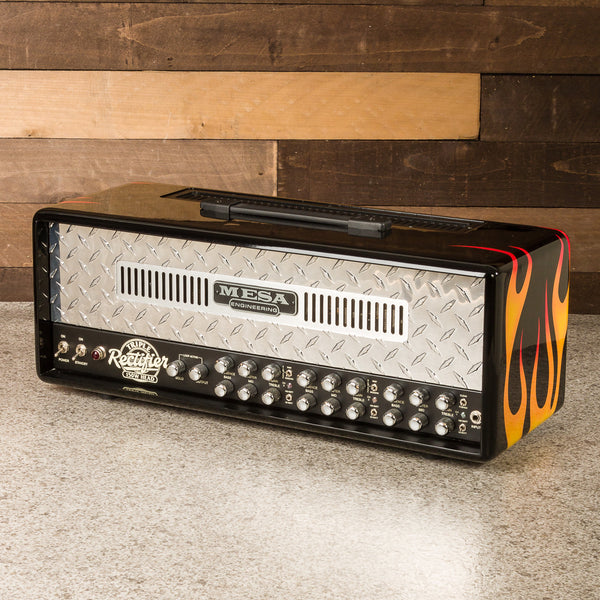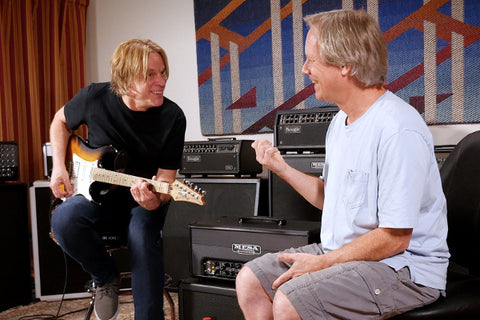Your cart is currently empty!
-
Amplifiers & Cabinets
-
Guitar & Bass
-
Pedals & Accessories
-
Amplifiers & Cabinets / Acoustic Amplifiers
-
Amplifiers & Cabinets / Guitar Amplifiers
-
Amplifiers & Cabinets / Guitar Cabinets
-
Amplifiers & Cabinets / Bass Amplifiers
-
Amplifiers & Cabinets / Bass Cabinets
-
Amplifiers & Cabinets / Deals
-
Guitar & Bass / Electric Guitars
-
Guitar & Bass / Basses
-
Pedals & Accessories / Accessories
-
Pedals & Accessories / Pedals by Brand
- All Pedals
- Pedal Specials
- Beetronics FX
- Benson Amps
- Berkos FX
- Bogner
- Boss
- Chase Bliss Audio
- Dedalo FX
- Dunlop
- Electro-Harmonix
- E.W.S.
- FoxRox
- Free The Tone
- Friedman
- Fulltone
- Fulltone Custom
- Gamechanger Audio
- Greer Amps
- Groff Amplification
- Meris
- MESA Engineering
- Morgan
- Mu-Tron
- MXR
- Origin Effects
- Pedaltrain
- Peterson Strobe Tuners
- Ramble FX
- RMC
- RYRA Pedals
- Sadowsky
- Shin-ei
- SoloDallas
- Strymon
- Subdecay
- Suhr
- Voodoo Lab
- Wattson
- Way Huge
- Xotic Effects
-
Pedals & Accessories / Pedals by Type
-
Pedals & Accessories / Strings

